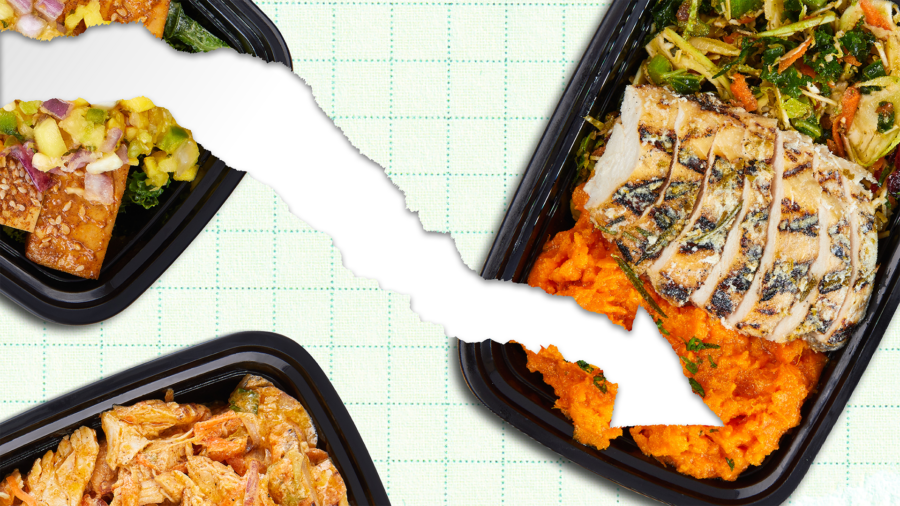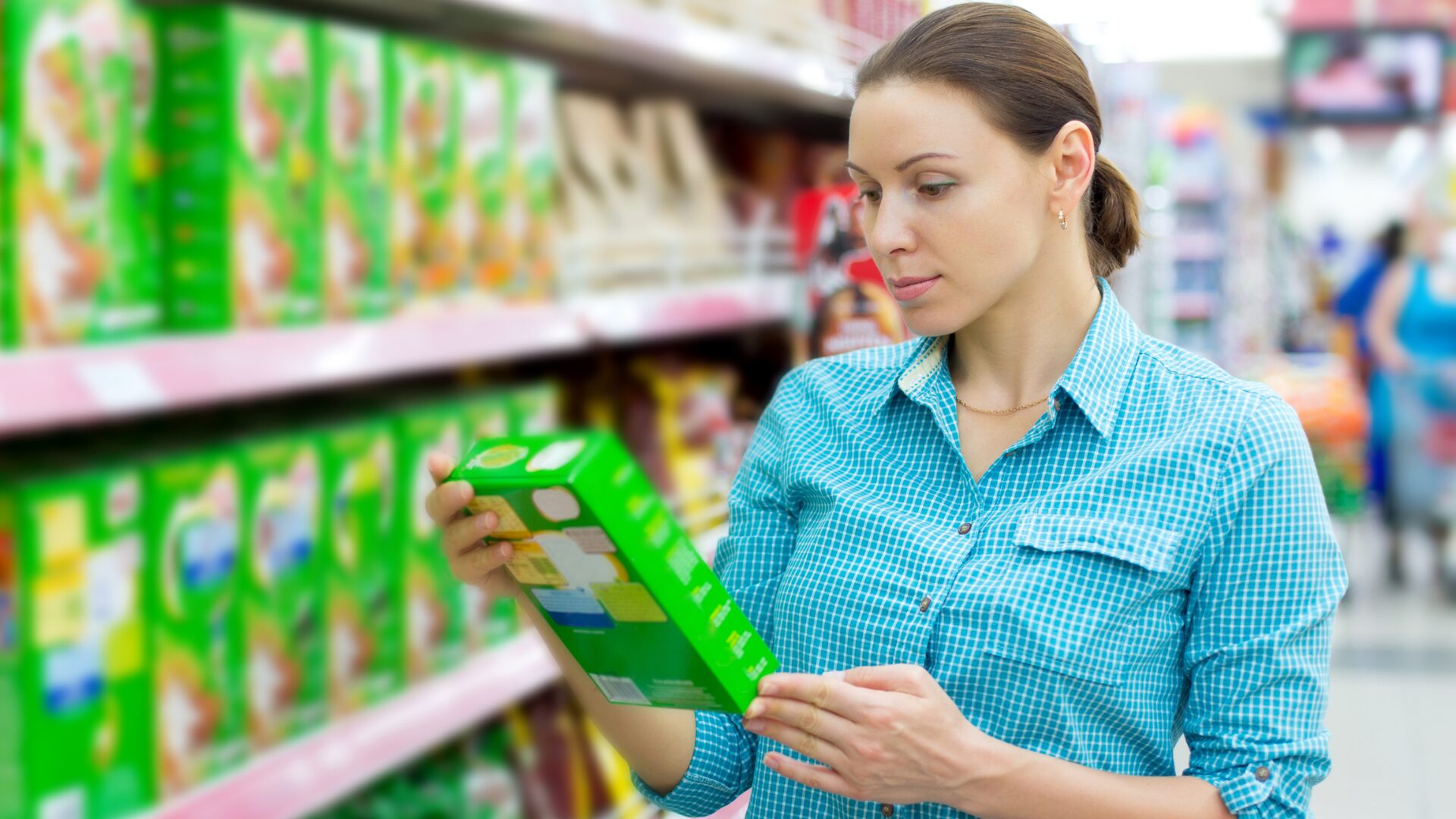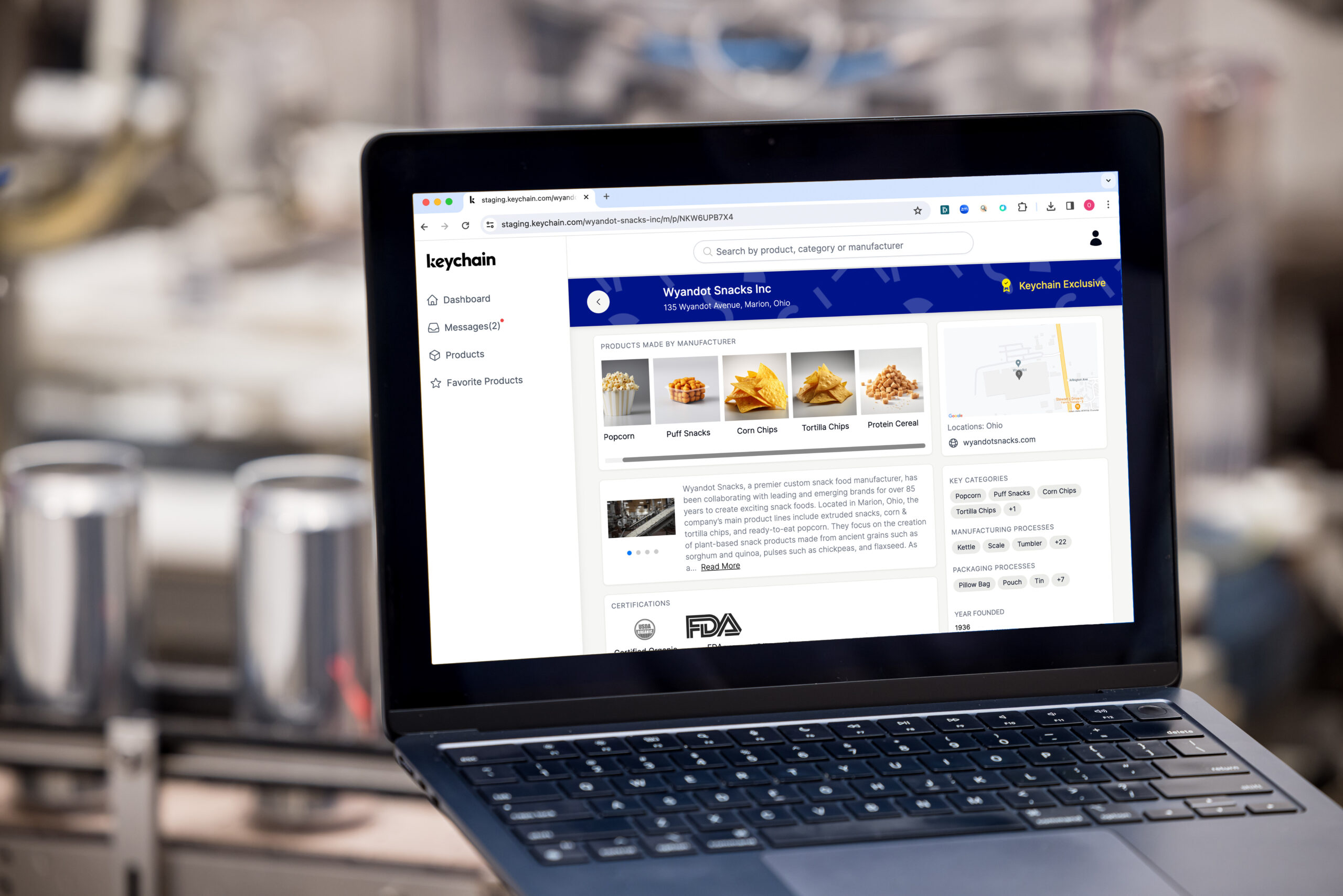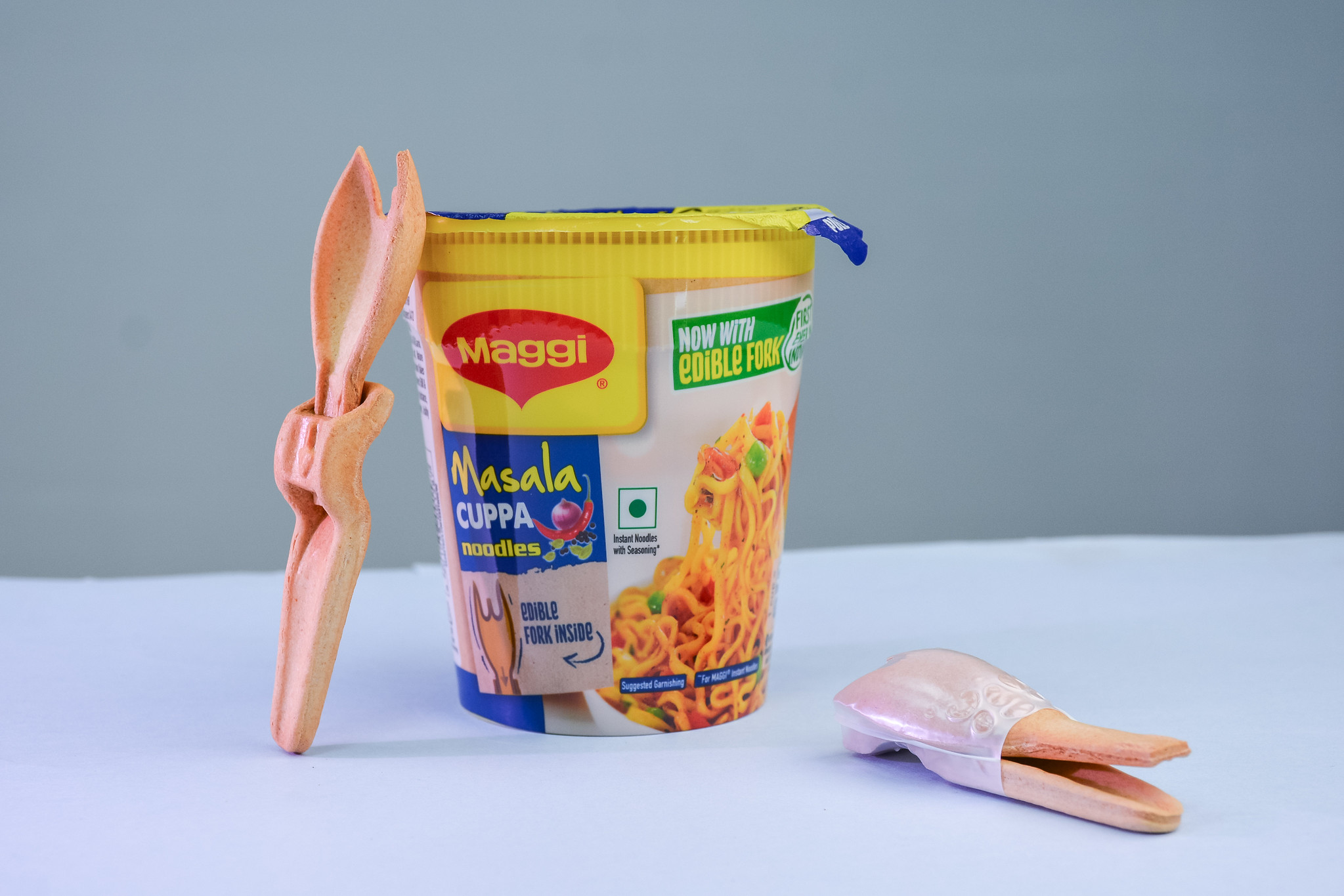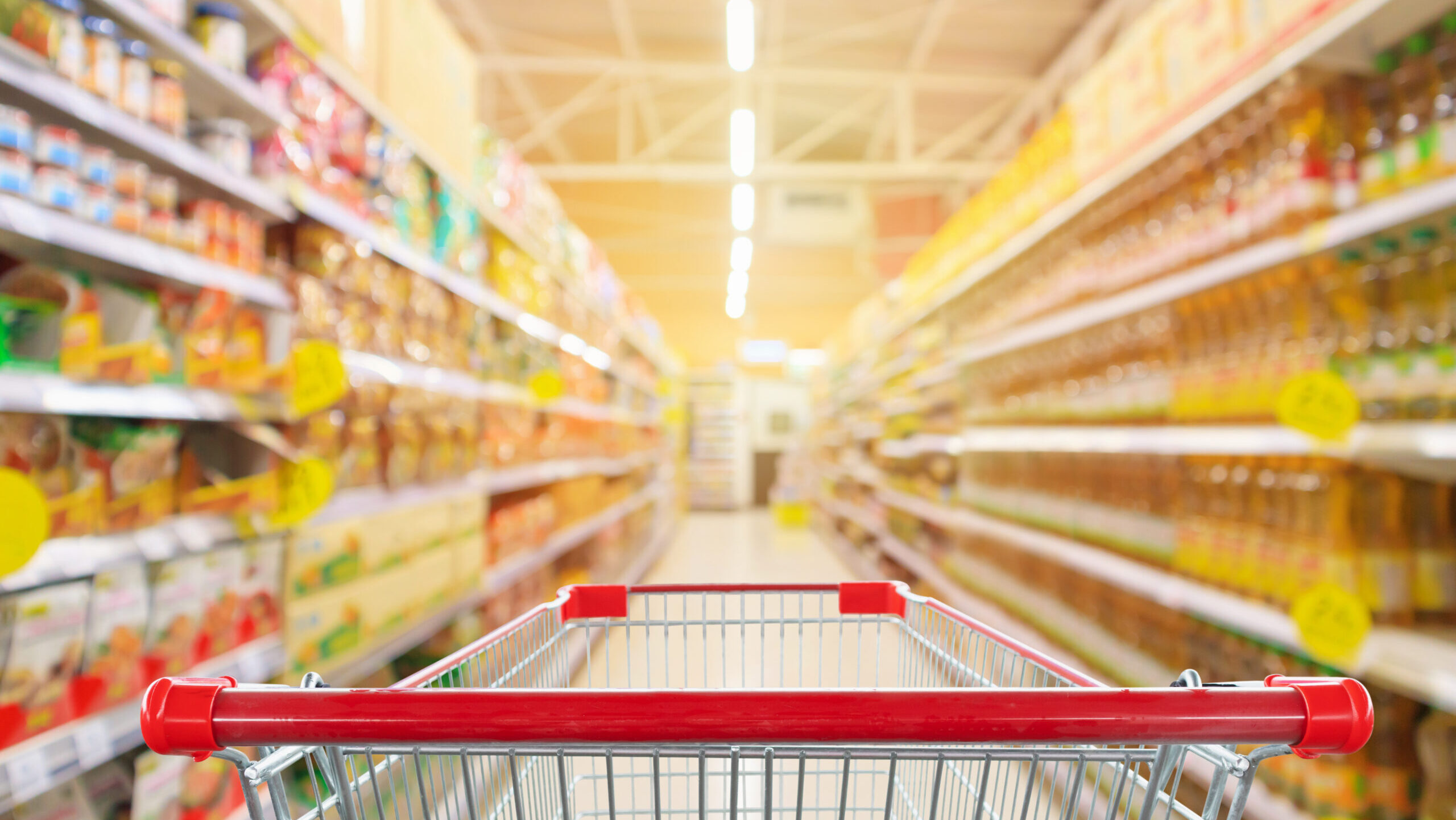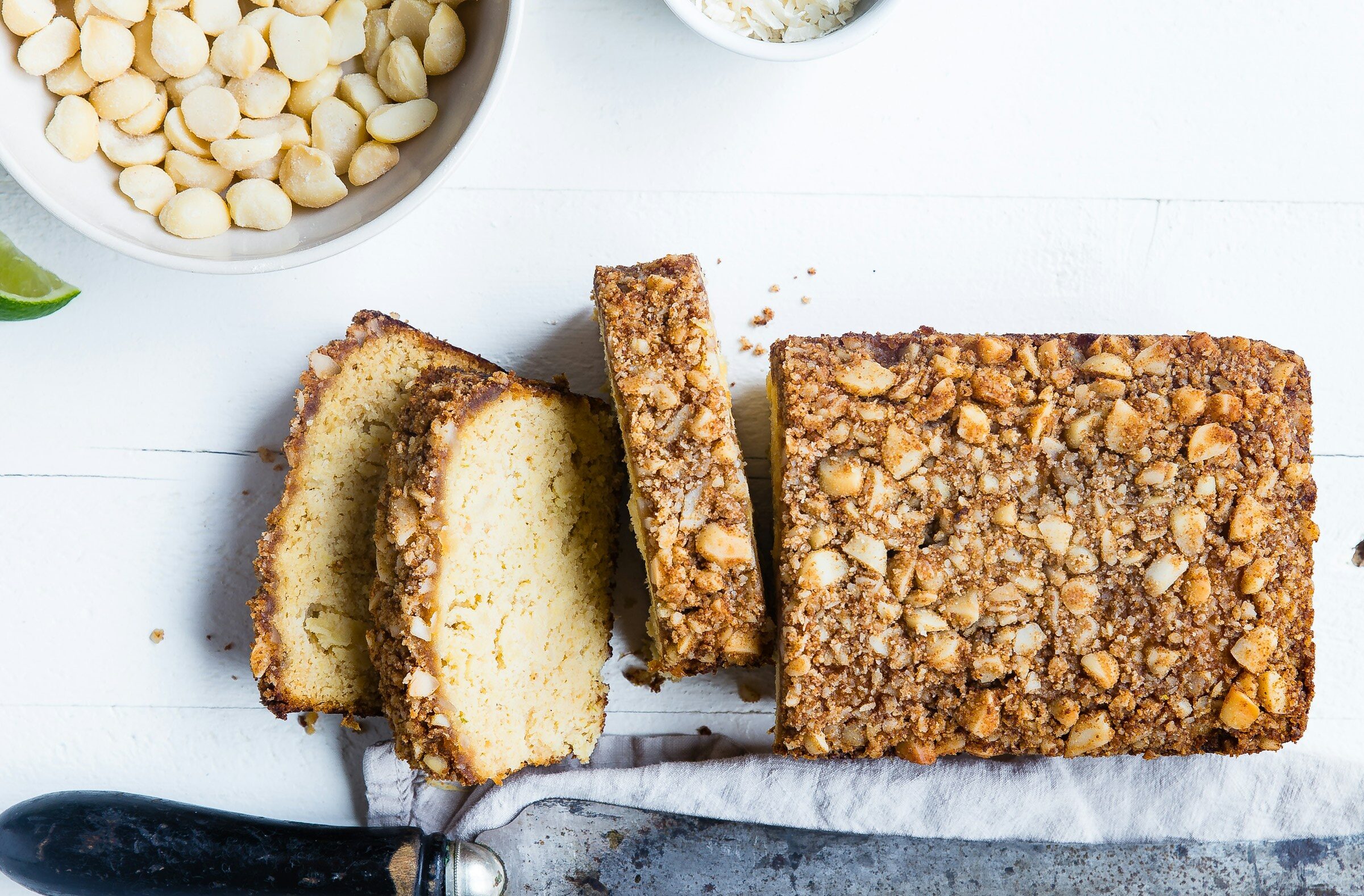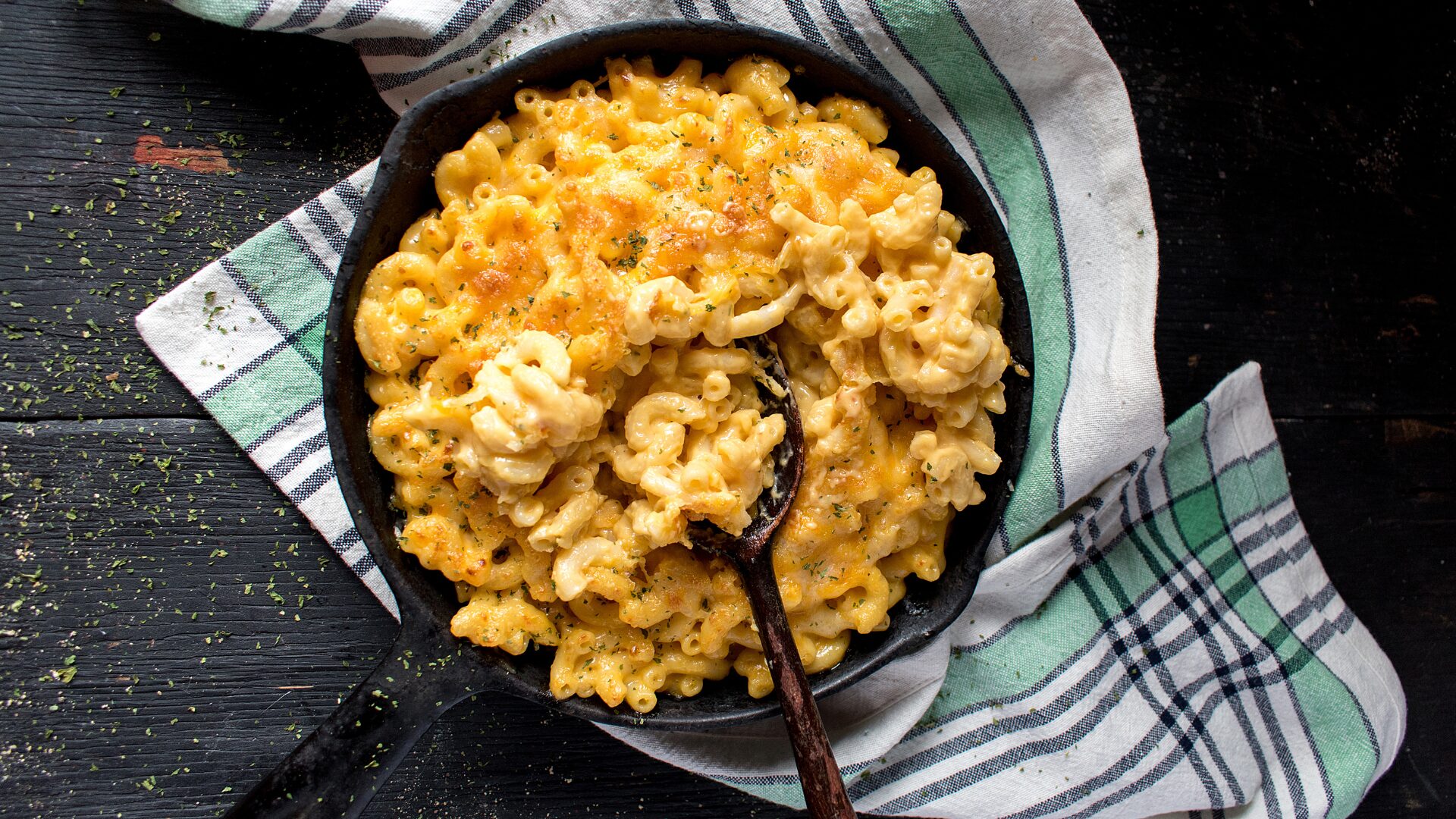The public markets (and strategic firms) aren’t kind to businesses that don’t make much money and then stop growing. The recent shutdown of Freshly shocked many of its consumers, but not those following the ~$6B DTC meal sector, or experts in the demand side of convenience meals. Nestle SA was the first strategic CPG firm to acquire one of these companies in late 2020. It will be the last.
At the time of Nestle’s 2020 acquisition of Freshly, many in the industry were confused. These businesses don’t generate the net profits that strategic firms expect of all their holdings, even at scale. This was well-known before 2020. DTC distribution costs accelerated during the pandemic, so this situation only worsened.
Look at Hello Fresh, the largest DTC fresh meal company in the U.S. We see a $1.1B U.S. Q3 2022 quarterly topline with only 0.9 % EBIT (before financial alchemy increases it). Hello Fresh’s stated fulfillment costs (shipping, packaging, storage) are 43% of its U.S. revenue (!), according to company financial statements.
A $4B private CPG company could persist this way indefinitely with sound financial management. But a public holding company expects to see a) net profit expansion and b) continued topline growth post-acquisition of a sub-$500 million revenue business to keep it. The earn-out provisions of the Freshly deal reveal that even Nestle had doubts.
The DTC meal sector’s net operating margin problems are why Plated and Home Chef sold to retail chains; companies adapted to low net operating margins.
The meal kit portion of this sector looks an awful lot like someone ran through the produce and meat departments and dropped stuff in a box with a recipe card. There’s little processing to add margin. The vast buying power of a national retail chain’s produce and meat departments is equivalent to that of a large multinational CPG company with frozen food operations, probably better if you are ABSCO, Kroger, or Walmart.
What Excited Nestle About Freshly?
Freshly was a processed CPG ready meal line featuring gluten-free recipes not present in the Nestle North American frozen portfolio. As food artifacts, the meals remind me of similarly packaged store label product found at your local supermarket deli (made with yesterday’s mashed potatoes and ribs from the hot bar).
Freshly offered product incrementality (more later on this), something CPG acquirers value. But it was still an odd acquisition for Nestle SA. Freshly offered meals priced in 2022 at two times the price of premium frozen single-serve equivalents (e.g., Amy’s, Saffron Road, Frontera) and three times the price per unit of frozen single-serve leaders like Lean Cuisine and Healthy Choice Café Steamers (all of whom already had broad distribution at retail).
And fulfillment costs for Freshly would have been similarly high to the meal kit businesses that dominate the sector. There is no public source on Freshly’s operating profit. Still, it would not have likely been too much better than a meal kit brand (in absolute % variance), even with the fully prepared margin advantage. It’s not completely clear. Nestle no doubt assumed that it could boost net profit by connecting Freshly to its ingredient supply chain. Whether this happened is also unclear, since the last two years were not ideal for frozen food bureaucracies to take on side projects beyond the core (which had grown significantly).
Buried in the Nestle SA 2021 10-K is a possible clue as to the irrational side of this deal that many missed.
This transaction brings together Nestlé’s deep understanding of what and how people eat at home with Freshly’s highly specialized consumer analytics platform and distribution network to fuel growth opportunities within the Freshly business and across Nestlé’s portfolio, according to financial statements.
It’s possible that someone originating the deal on the Nestle side believed in the power of the DTC database Freshly had amassed in terms of testing the reach of emerging ingredients and alternative meals not yet sold in Nestle’s vast frozen entrée system. Freshly was, after all, a massive national experiment in gluten-free and low-carb ready meals alien to the UPC mix of frozen meal incumbents.
However, the market research rationale strikes me as a bit of an investor-facing ex post facto rationalization for a risky bet.
Many of us forget that large publicly traded multinationals get to take the valuation of a target acquisition as a revenue gain on their books, regardless of the business’s profitability, solvency, or future longevity potential. 2020 was a year when Nestle’s global waters business got decimated by lockdowns across the world, especially in China. So, Nestle went on an acquisition tear, acquiring multiple firms with a combined declared fair valuation of roughly $4.1 Billon CHF.
That buying spree included the $950M acquisition of Freshly at 2x its stated fair market valuation (per their annual report). Freshly’s acquisition may have been part of a global balance sheet strategy to keep investors happy.
At its peak, in late October, the company projected 2020 total sales to be heading toward 50,000,000 meals. If true, this yielded $500-$600 million in revenue the year it sold to Nestle (assuming an average $10-12/meal price point). Freshly had doubled in size during the pandemic, according to the CEO’s public disclosures, and Nestle SA may have seen the growth continuing to $1B in its buy-side mind.
The Freshly Demise and Its Probable Causes
Freshly rode the Skate Ramp from 2015 through the end of 2020, infused with $104 in Series A, B, and C funding, which it used to build its chilled processing and distribution network, according to crunchbase.com. The implied vision here was a billion-dollar scale, stable business.
Two years later, in mid-2022, Freshly engaged in layoffs and shut down its new fifth distribution center, as reported by bizjournals.com. These are signs of demand problems in a labor-intensive production category. After selling a significant stake to a private equity firm in the Fall of 2022, layoffs at Freshly accelerated, and murmurs of an expansion into retail surfaced, as noted by just-food.com. The latter was ironic to industry insiders because we have watched Home Chef thrive inside Kroger (at least on the topline side). What if Freshly had throttled growth in 2020, saved some demand for the future, and pursued a retail buyer later? Home Chef had already done this by 2018.
The best explanation for Freshly’s demise comes down to two DTC demand variables – average order value (AOV) and order frequency – DTC equivalents to the consumer panel data metrics of “purchase volume” and “purchase frequency” familiar to many.
The DTC businesses I work with that generate a healthy net profit/EBIT on their DTC lines of revenue have average order values around $125-$150 or higher in today’s shipping environment. Happy consumers of profitable DTC businesses generally order for routine usage, usually daily, regardless of annual order frequency. And when we look at known average order values in the DTC meals sector, we see numbers well below this.
For example, Hello Fresh, the dominant player, had order values of $65 as of Sept. 30, 2022. And this was a 30%+ increase over the prior Q3! Yikes.
AOV data on Freshly is unavailable because it was a private company before its sale to Nestle. Yet, to hit the $125 AOV minimum above, they would have to have been selling a plan they did not offer. Not a single Freshly plan yielded this much AOV potential. Only the 12-meal plan for $10/meal came close.
What I infer from these sub- $100 AOVs is this: dabbling behavior among those feeling cash-flush (which millions were subsidized to feel like in 2020 and 2021).
Many forget that the non-essential nature of DTC meals is also the reality for the much larger frozen meals segment. Very few people rely on frozen entrees for most of their meal diet (unless they are on a short-term diet plan); very few proportionally to the ocean of consumers who like to “have them around” as a backup and use sporadically (once a week or less).
So, what affects AOV and order frequency for fresh DTC meals? How these products fit into existing eating regimens. And 2020 was NOT the year to make any investments based on what was happening in American homes. It was a year of baseline surge in most food categories, including frozen meals.
The key behaviors that affect interest in ready meals are known to food marketers: the Q1 dieting surge, living alone or in any household where cooking lacks social reinforcement, and culturally low-stakes meal occasions (breakfast and lunch). “Low stakes” also means skipping these meals without social censure or replacing them with on-the-go snacks (or even beverages).
CEO Mike Wystrach said something very interesting in a 2020 interview with Grocery Dive: “We’re now close to 50% of our customers using our products for lunch. We think that’s mainly because a large percentage of people are staying at home.”
If this Freshly brand behavior remained through 2022, it suggests that Freshly scaled too heavily on the back of lunch as a heat-n-eat meal brand. The lunch bias would not shock anyone working at Lean Cuisine or Healthy Choice. These are large, highly profitable businesses built on lunchtime, rapid eating, and serving specialized diets (low calorie, low fat, or low sodium).
Unfortunately for Freshly, this one low-stakes meal occasion – lunch – may have been the Achilles heel of its business. Lunch is the single most competitive convenience meal occasion out there, and workers’ return-to-office in 2021 and 2022 increased lunchtime restaurant meal competition in urban markets. Consumers wanted their café lunches again, not a sad, microwaveable thing they overate of in 2020.
In other words, Freshly most likely road an expansion of the lunchtime heat-n-eat pie due to black swan factors destined to fade eventually. Oops. This is great for the seller but not for the buyer.
The mass-market problem for a lunch-weighted brand like Freshly differs from professionals streaming back to Sweetgreen salads. It is the ubiquity of much cheaper microwaveable meals from incumbent frozen brands. They are sold even at modern gas stations. Discounting the first DTC meal order massively doesn’t change this pricing “frame” once the deal is moot. Unconsciously, Freshly seems like a costly lunch to the average American adult, one so expensive that it makes the consumer wonder why they didn’t get fresh take-out instead. Double oops.
Using massive discounting on a highly price-competitive occasion created a bubble of weak purchase intent consumers coming in to dabble. Why not try it with all that stimulus money coming in?
In those situations, well known to diet product marketers, your growth is directly proportional to your marketing expenses. This is not ideal in CPG, where you want marketing to settle down to 5% of gross revenue, not remain at 15-20% or higher once you are north of $500 million.
Freshly was a brilliantly timed sale in this narrow sense. Freshly hit peak at-home lunch in a way no strategic plan can predict.
But, there was another challenge that Freshly had: it was a low-involvement convenience product-oriented to those on specialized diets. And the one diet it pegged itself to from the beginning as a brand principle is not the one I would have picked if the goal was high AOV and customer retention.
That Freshly brand diet was gluten-free. Granted, trading basmati rice for cauliflower rice is more tolerable to Americans than trading Lays for kale chips. But gluten-free led Freshly down a viciously competitive low-calorie meal path like Lean Cuisine but without sensory satisfaction that leads to retention. And this low-carb/low-fat experience ultimately pits it against fresh salads, as well.
More importantly, Freshly’s 400-600 calorie meals alienated hungry boys and others. Here are some professional reviews:
- Spruce Eats – “The nature of Freshly’s pre-prepared meals made the initial appearance less appetizing than the actual taste. Visually, when you open Freshly’s meals, some of the food inside the tray may have shifted to one side during transit, or the sauce may have gotten on the plastic film that covers the tray, making it appear messy. But once reheated and replated, the appearance improved, and the flavor was generally very good. Our biggest issue was the texture because it was nearly all soft.”
- Bon Appetit – “I was satisfied with most of the dishes but not blown away by any of them.”
For the most part, Lean Cuisine isn’t memorable either, but it’s much cheaper. Consumers will trade off experiential wow for a steep discount. But Freshly was fighting against this and hoping you would be OK with bland, modern nutrition at much higher prices. The market for the latter exists but not at the price points Freshly offered.
Freshly tried to command a premium based entirely on a nutritional halo and the trendiness of being gluten-free (one of the most consistent, short-term diets Americans use every year). This was not sustainable for the lunchtime price they offered. And the meals were too low involvement and dull for a satisfying dinner (when you are not on a strict diet).
Freshly remains a great sell-side case study anchored to an era of easy money. But, longer term, it will be seen as an aberration, tied to a period when low-profit margin business models got undeserved access to excessive cash to surge demand before they fully understood what they had. This is easy to do when you raise $100 million.
But, without any visibility to a path to price parity with premium microwaveable meals, Freshly was doomed to fade as quickly as it rose.
About the Author
Dr. Richardson is the founder of Premium Growth Solutions, a strategic planning consultancy for early-stage consumer packaged goods brands. As a professionally trained cultural anthropologist turned business strategist, he has helped nearly 100 CPG brands with their strategic planning, including brands owned by Coca-Cola Venturing and Emerging Brands, The Hershey Company, General Mills, and Frito-Lay, as well as other emerging brands such as Once Upon a Farm, Rebel creamery, and June Shine kombucha.
Dr. Richardson is also the author of “Ramping Your Brand: How to Ride the Killer CPG Growth Curve,” a #1 Best-seller in Business Consulting on Amazon. He also hosts his podcast—Startup Confidential.


